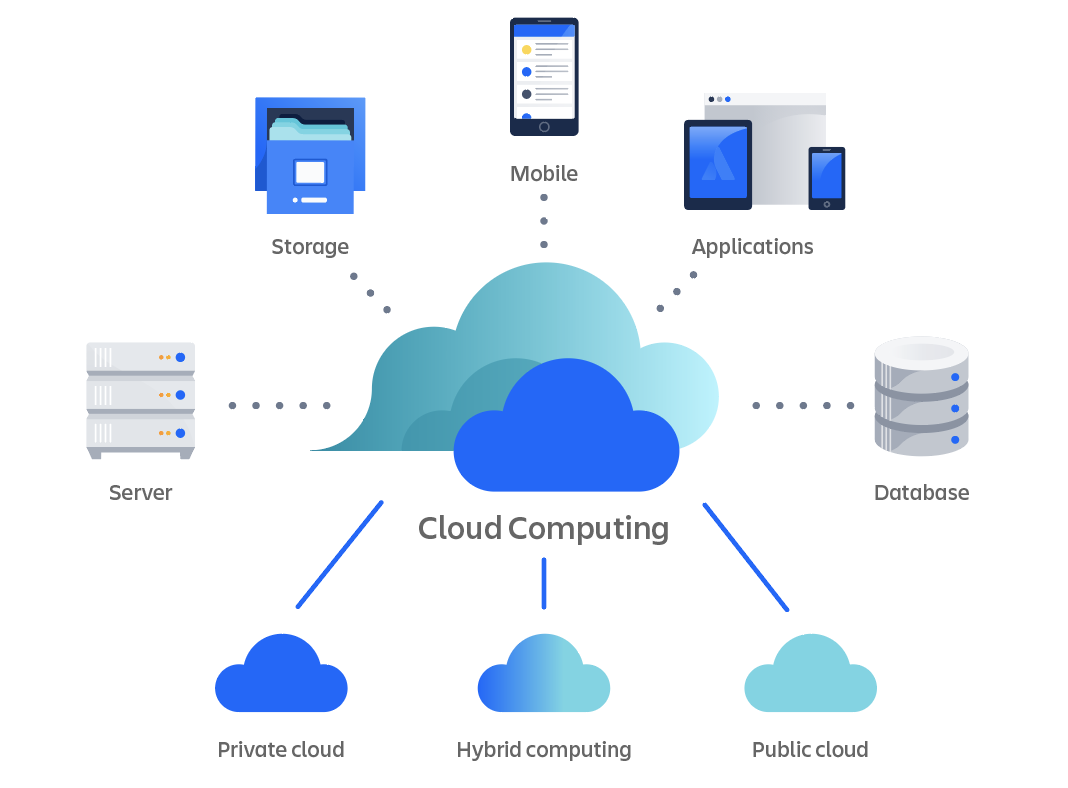Discover the Power of LinkDaddy Cloud Services: Official Press Release Insights
Wiki Article
Achieve Seamless Scalability With Cloud Services
In the ever-evolving landscape of cloud solutions, achieving smooth scalability stands as a cornerstone for contemporary organizations looking for to stay affordable and versatile. The pursuit for smooth scalability with cloud services unveils a globe of opportunities for those eager to accept the transformative power of dynamic resource administration.Advantages of Cloud Scalability
Cloud scalability supplies organizations the versatility to dynamically adjust sources based on demand, making certain optimum performance and price effectiveness. One vital advantage is the capability to range resources up or down rapidly in reaction to rising and fall work. This dexterity makes it possible for companies to fulfill altering client requirements without over-provisioning resources, eventually bring about cost financial savings. Scalability also improves performance by making sure that systems can take care of increased traffic or workload without experiencing downtime or slowdowns. By successfully assigning sources, companies can maintain high degrees of performance throughout peak times without unnecessary expenses throughout quieter periods. In addition, cloud scalability promotes advancement and trial and error by enabling businesses to conveniently check brand-new ideas and scale them as required. This flexibility urges a culture of continuous enhancement and adaptation, making it possible for organizations to stay affordable in a quickly evolving market landscape. Ultimately, the advantages of cloud scalability extend beyond cost financial savings to include improved performance, agility, and development.Trick Attributes for Scaling
Efficient scaling in cloud solutions relies on key attributes that allow organizations to change resources dynamically based on demand. An additional key attribute is scalability, enabling systems to manage raised workload by including sources flawlessly. Overall, these vital attributes collectively equip organizations to achieve smooth scalability in cloud services.Executing Auto-Scaling Approaches
To effectively maximize source allowance and adapt to differing work, organizations need to tactically apply auto-scaling approaches in their cloud services infrastructure. Auto-scaling enables systems to instantly readjust the variety of calculate resources based upon real-time need. There are different auto-scaling techniques that organizations can use, such as predictive scaling, which makes use of historic data to anticipate future resource demands, and responsive scaling, which replies to current work adjustments.
Best Practices for Scalability
For companies aiming to enhance their scalability in cloud services, implementing best methods is vital for ideal efficiency and resource management. One key best method is designing applications with a microservices design. This technique breaks down applications into smaller, independent services that can be deployed, upgraded, and scaled individually, permitting for better versatility and scalability.An additional crucial practice is using containerization innovation, such as Docker or Kubernetes. Containers enable the product packaging of applications and their reliances right into separated units, making it less complicated to scale elements separately and deploy them constantly throughout various environments.
Additionally, carrying out automated release and infrastructure as code (IaC) can simplify scalability efforts (linkdaddy cloud services). Automation tools like Terraform or Ansible assistance in provisioning and managing resources efficiently, minimizing manual errors and making it possible for fast scalability
Additionally, keeping an eye on performance metrics, establishing notifies, and performing regular capability planning are essential methods to make sure aggressive scalability management. By adhering to these ideal internet techniques, organizations can accomplish smooth scalability in their cloud solutions while enhancing efficiency and resource usage.
Monitoring Performance Metrics
When evaluating the effectiveness of cloud services scalability, carefully keeping an eye on performance metrics is necessary for making sure ideal functionality and resource appropriation. By continuously tracking vital efficiency indicators (KPIs) such as feedback times, resource, throughput, and latency application, companies can get useful insights into the health and performance of their cloud framework. Monitoring efficiency metrics enables the very early discovery of potential bottlenecks or problems that might impact scalability, allowing positive procedures to be required to address them before they rise.

Final Thought
Finally, achieving seamless scalability with cloud services is vital for organizations to optimize efficiency, improve development, and maintain high efficiency degrees throughout peak times. By leveraging the benefits of cloud scalability, executing auto-scaling methods, utilizing key features such as flexibility and automation, and adhering to best practices like application layout and performance tracking, businesses can effectively scale their systems while making best use of resource use and performance.The pursuit for smooth scalability with cloud services see introduces a globe of opportunities for those willing to welcome the transformative power of dynamic resource monitoring.
Cloud scalability supplies organizations the flexibility to dynamically readjust sources based on need, making certain ideal efficiency and expense effectiveness. One more crucial feature is scalability, making it possible for systems to take care of increased workload by adding sources flawlessly.For organizations intending to enhance their scalability in cloud services, executing finest practices is important for optimum performance and source management.When analyzing the useful reference efficiency of cloud services scalability, very closely checking performance metrics is necessary for making sure optimal capability and resource allotment.
Report this wiki page